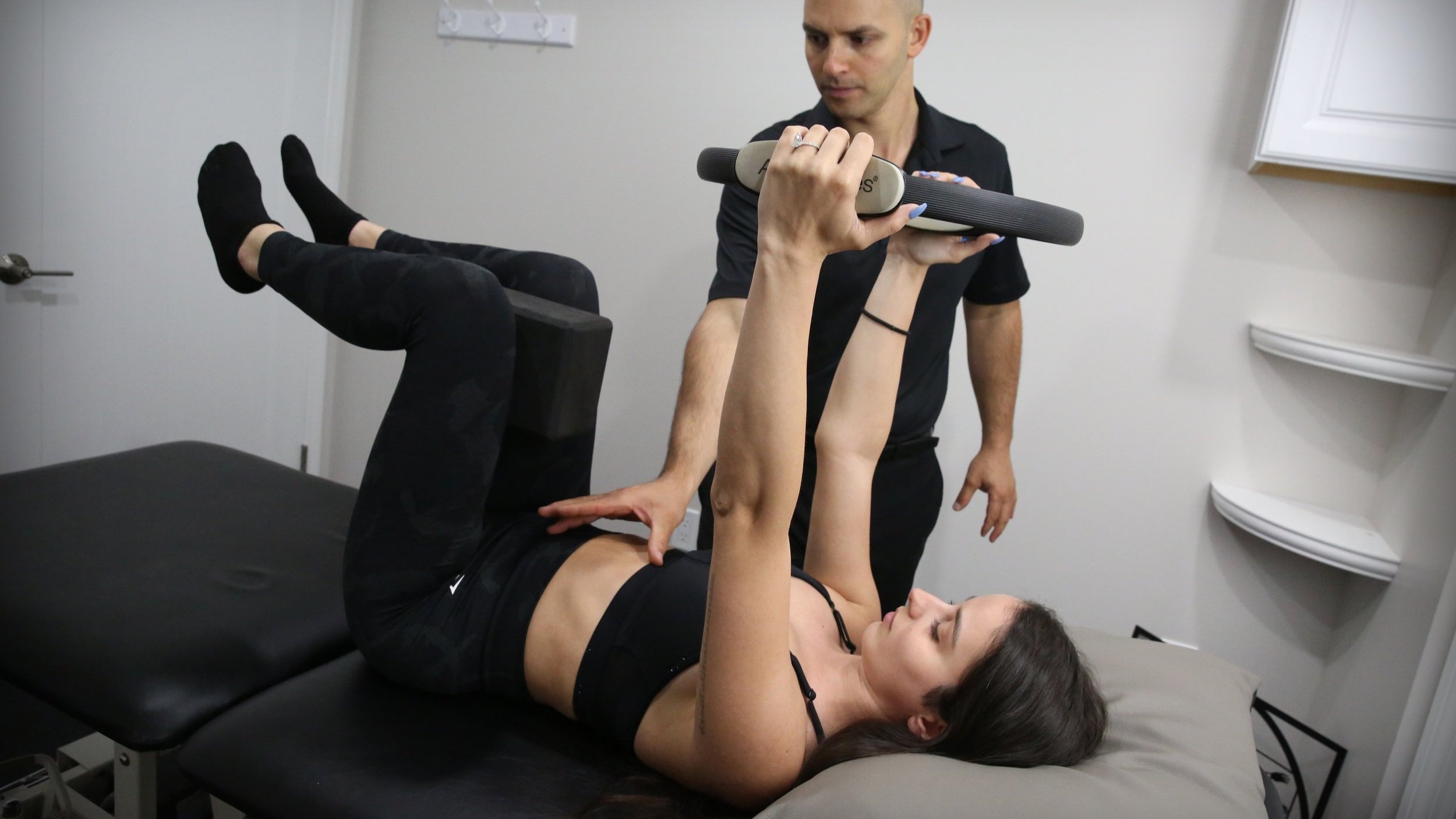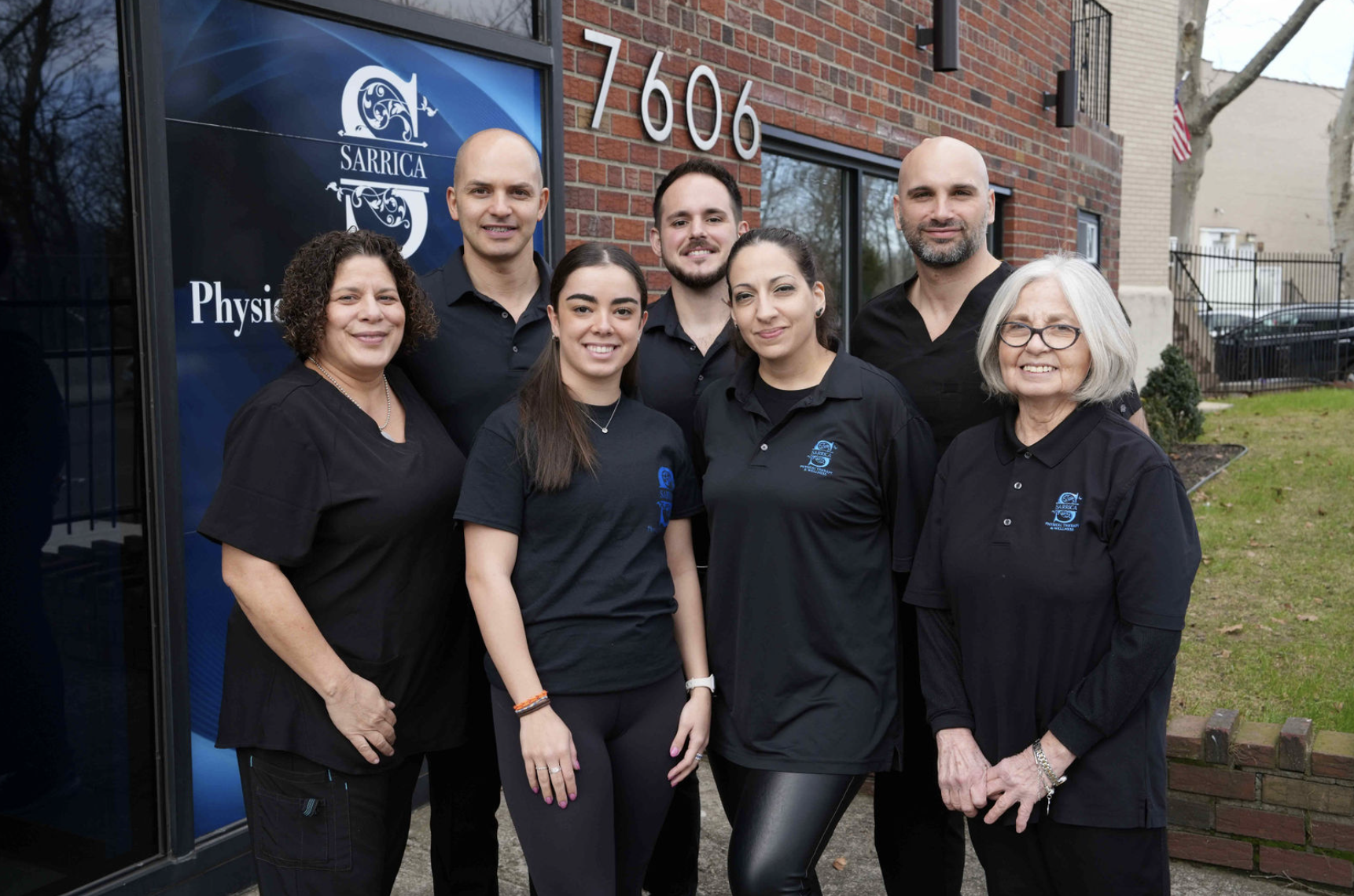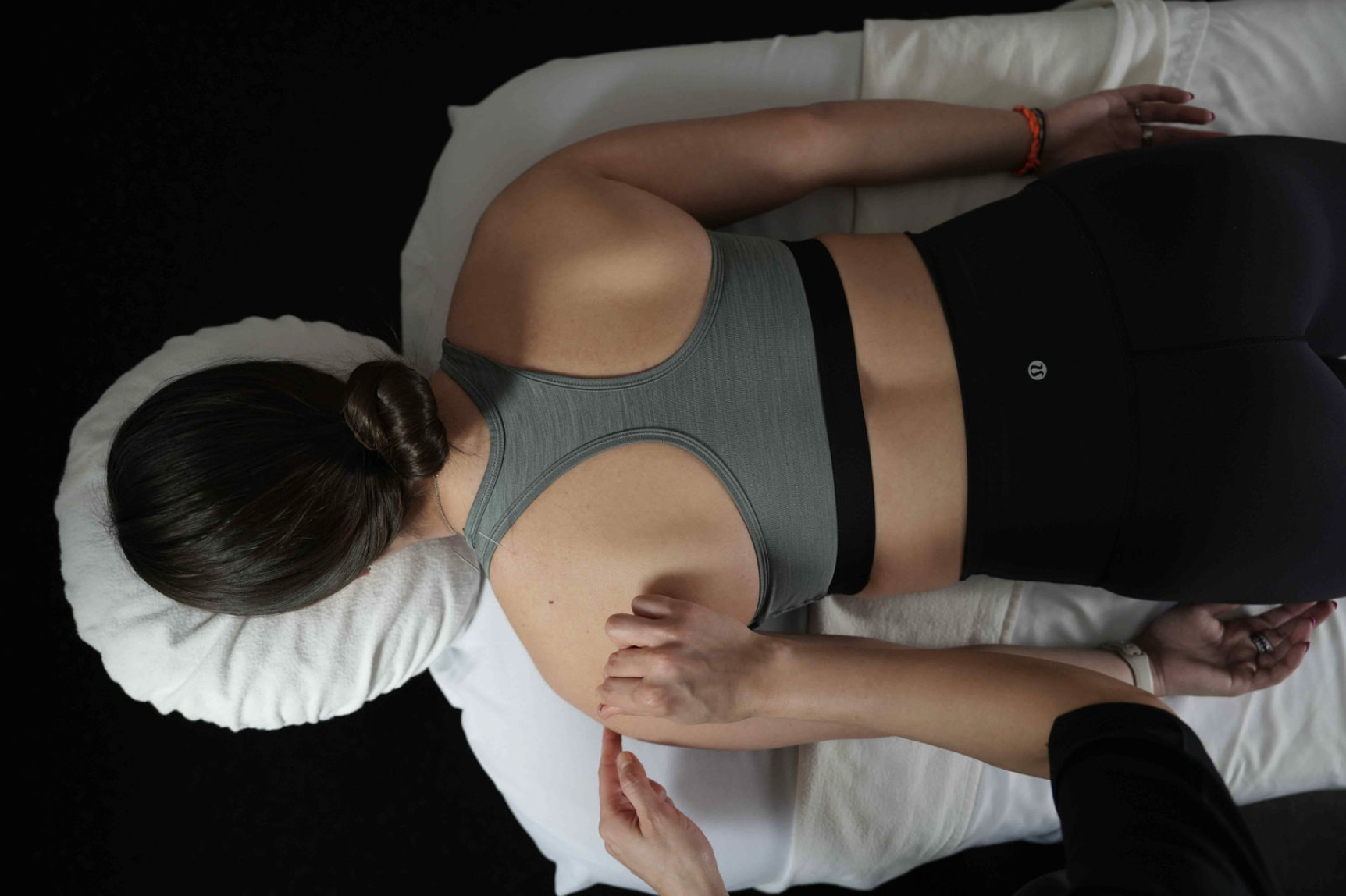Treatment of Benign Paroxysmal Positional Vertigo (BPPV)
Treatment of Benign Paroxysmal Positional Vertigo (BPPV)
Benign Paroxysmal Positional Vertigo (BPPV) is dizziness that results from a sudden, positional head movement that dislodges the calcium carbonate crystals in the utricle of the inner ear. These crystals end up in the semicircular canal of the inner ear and cause dizziness.
True vertigo from BPPV results in dizziness that lasts about 15 seconds. The room will feel as though it is spinning. You may feel nauseous when the symptoms are triggered. Patients with BPPV most commonly complain of imbalance after the initial episode. Rolling over in bed, washing your hair, or putting your head in any gravity-dependent position will trigger these symptoms.
Your physical therapist will perform specific tests to confirm a BPPV diagnosis. Once diagnosed, your therapist will utilize a maneuver to help guide the displaced crystal back into the utricle. The maneuver will be based on where the crystal is stuck (usually posterior or horizontal canal).
After the maneuver is performed, your therapist will recommend that you avoid sleeping on that side for a few days. You should also sleep with your head slightly elevated to avoid a gravity dependent position. Your therapist may also provide you with some exercises to assist with your dizziness.
If you suspect you may have BPPV, please contact us at (347) 560-6920 to schedule a consultation.
Paul Nasri, PT, DPT
Doctor of Physical Therapy
Sarrica Physical Therapy & Wellness








